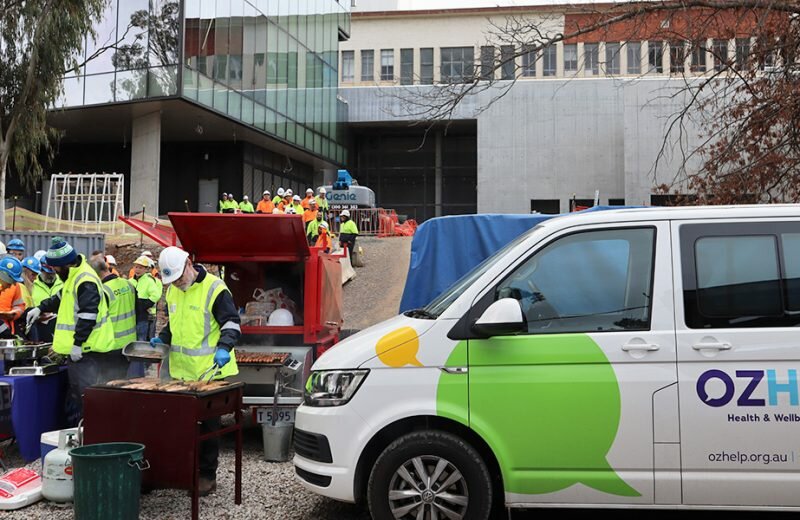
Supportive conversations in the workplace
In Australia, 1 in 5 people experience a mental illness in any given year, and almost 50% of the population experience an episode of mental ill-health over their lifetime. Considering many of us spend most of our waking hours at work, it is crucial that we seek to create mentally friendly workplace environments.
During our recent webinar, Dr. Natalie Flatt from Connect Psych said one of the easiest ways we can do this is by looking out for our colleagues and taking an interest in the lives of others.
“If you notice a colleague’s health declining, they’re not going to get the morning coffees with you, they’re not sharing their usual jokes on zoom, they are turning off their cameras or not interacting in the way they usually would.”
“If it is a consistent decline, the power of observation is so important at this time as it gives you a chance to start a conversation by saying “I’ve noticed that…” explained Natalie.
For many, starting a mental health conversation in the workplace can feel like a daunting task, so we have shared Dr. Flatt’s top tips to help get you started.
- Check-in on yourself: Ask yourself how you feel and if you have the energy and mental capacity to facilitate a supportive conversation.
- Create a safe environment: Find a comfortable space that is private and allow your colleague the time and space to open up. Be authentic and mindful of your nonverbal cues, you can create a safe space by putting your phone away, maintaining eye contact, and relaxing your shoulders.
- Listen: We live in a quick-fix society where we want to have an answer for everything, but most of the time people just want to be heard. You aren’t expected to solve someone’s problems, instead, practice effective and active listening.
- Acceptance: When facilitating a supportive conversation, it is important to park your own opinions and accept the person and situation for what it is. You don’t want to provide any opinions or roadblocks like “I had a friend who went through that” or “this person recovered from that”, focus on making them feel supported and heard.
- Refer: Depending on the situation it might be best to refer your colleague to seek further support from a GP or your EAP service. To help bridge this referral you might offer to make the call with them. If they are in a crisis, you don’t want to leave them alone until somebody else is there to continue supporting them.
- Follow up: Make sure you continue to check-in and observe how they are going in the weeks to come.
By following these tips, you can work towards creating a physiologically safe workplace environment, as mentioned by Dr. Natalie Flatt, “If we can lead by example, others will follow suit.”
To learn more about Supportive Conversations in the Workplace watch the full webinar below:
Special thanks to our guest Dr. Natalie Flatt and our webinar partner Connect Psych.
For wellbeing and mental health support and training for your workplace, click here.





